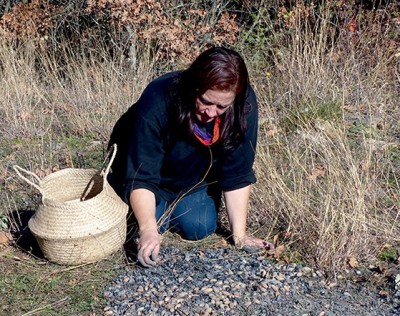The PLANTCULT Project: identifying the plant food cultures of ancient Europe
Abstract

Plant foods are closely connected to cultural, social and economic aspects of human societies, both past and present. Food-preparation techniques and the etiquette of consumption involve complex interactions of natural resources and human cultures. During European prehistory, these changes included the shift to sedentism, the cultivation and domestication of plants, food storage, the production and exchange of alcoholic beverages and luxury foodstuffs, and the continuous adaptation of established culinary practices to newcomers in fields and gardens.
Authors
- Soultana-Maria Valamoti
School of History and Archaeology, Department of Archaeology, Aristotle University of Thessaloniki (AUTH), 54124 Thessaloniki, Greece - Stefanie Jacomet
ntegrative Prehistory and Archaeological Science (IPAS), Department of Environmental Sciences, University of Basel, Spalenring 145, CH-4055 Basel, Switzerland - Hans-Peter Stika
Institute of Botany, University of Hohenheim (UHOH), D-70593 Stuttgart, Germany - Andreas G. Heiss
Austrian Archaeological Institute (ÖAI), Austrian Academy of Sciences (ÖAW), Franz Klein-Gasse 1, 1190 Vienna, Austria

 Cite this article
Cite this article